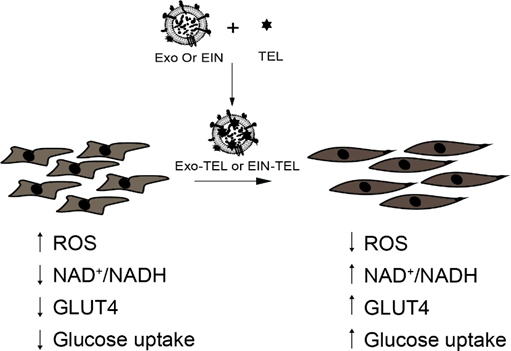Anjali Singh
Indian Institute of Technology Delhi, India
Title: A telmisartan nano-formulation regulates multidimensional complications associated with type 2 diabetes mellitus
Biography
Biography: Anjali Singh
Abstract
Diabetes Mellitus (DM), diagnosed by the presence of high blood glucose levels, is associated with insulin resistance/insufficiency and pancreatic β cell death. The hallmarks of diabetes include Reactive Oxygen Species (ROS) formation, Advanced Glycation End products (AGEs) deposition, chronic low-grade inflammation and pancreatic β cell apoptosis originating from the abundance of free fatty acid and hyperglycemia. Telmisartan (TEL), an angiotensin II type 1 receptor antagonist, has been reported to restore fatty acid-induced oxidative balance, reduce insulin resistance, promote anti-inflammatory macrophage phenotype and maintain pancreatic islet morphology. However, TEL is associated with low solubility, short plasma half-life, limited bioavailability and non-specificity. These limitations of free TEL can be addressed by encapsulating it into a nano-sized delivery system. Exosomes are naturally derived extracellular nano vesicles that have been reported for the delivery of various drugs including doxorubicin, curcumin, paclitaxel, etc. Thus, Mouse Insulinoma cell (MIN6) derived Exosomes (Exo) were exploited as the delivery vehicle to package TEL. Further, Exo is known to protect and induce the proliferation of insulin-secreting pancreatic β cells by reducing macrophage infiltration and enhancing angiogenesis. To this end, TEL-loaded Exo (Exo-TEL) was prepared and it showed excellent in vitro cytocompatibility on murine MIN6 and C2C12 cell lines. In vitro study showed that Exo-TEL nano-formulation can effectively modulate oxidative balance by lowering the ROS level and increasing the NAD+/NADH ratio. Additionally, Exo-TEL treatment increased the expression of Glucose Transporter (GLUT4) and promoted the uptake of glucose analog, 2-NBDG. Further, to overcome the arduous, low-yield process of exosome isolation, Exosome-Inspired Nanovesicle (EIN), mimicking the lipid profile of the naturally derived exosomes, was developed. EIN-loaded TEL (EIN-TEL) nano-Formulation depicted similar efficacy in vitro as compared to Exo-TEL. Hence, in conclusion, Exo-TEL and EIN-TEL successfully regulated multidimensional complications associated with diabetes to improve the therapeutic potential of TEL [Figure 1].

Figure 1. Graphical abstract.
